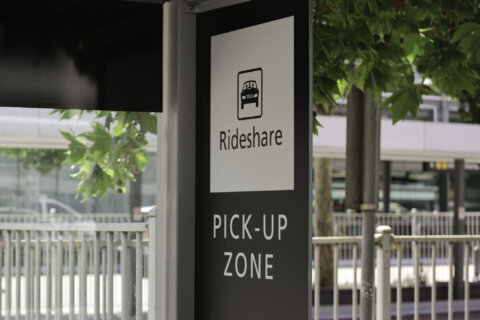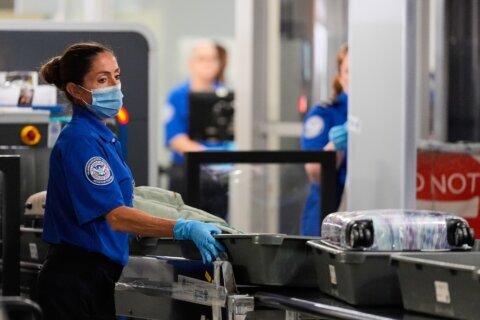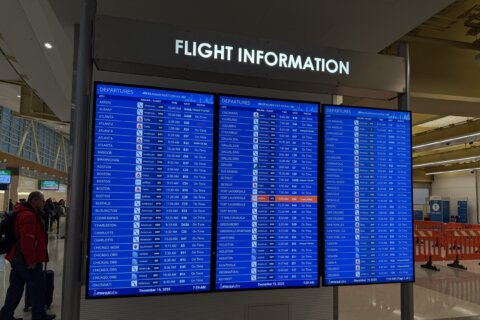Maybe you’ve already mastered a few travel hacks, such as tracking airfare deals with fare alerts or sniffing out last-minute sales on social media. Or perhaps you’ve upped your packing game to dodge hefty baggage fees at the airport. Maybe you’ve perfected the art of price shopping for flights and hotels on third-party booking sites. While these tested strategies can help you shave hundreds off a trip, by learning the latest expert-approved tricks, you could be saving yourself extra hassles, cutting costs and traveling smarter. To help you stay ahead of the curve, we got the scoop from industry experts on their top tricks for trimming travel costs in 2016.
Hold on to Your Frequent Flier Miles
With 2016 fast approaching, now is the time to cash in or carry over accumulated loyalty points, says Gabe Saglie, senior editor at Travelzoo. “With airline miles, waiting too long to use them can mean losing them. As long as you use them in some way, you extend their lifespan, even if it means using a handful of miles to subscribe to your favorite travel magazine,” he says.
And if you haven’t committed to a rewards program yet, resolve to enroll in one in 2016 for added value, Saglie suggests. “Sometimes the sign-up is all you need to avoid fees like Wi-Fi,” he explains,” pointing out that the more you fly and stay at participating hotels, the better the perks, from premium cabin upgrades to hotel suite upgrades, at little or no added cost.
George Hobica, founder of Airfarewatchdog.com, suggests relying on shopping portals to collect points and simultaneously prevent hard-earned miles from expiring. For example, downloading songs off iTunes or purchasing a MacBook Pro from the Apple Store gives you an extra point per dollar and helps keep your miles from expiring after 18 months of inactivity with the United MileagePlus program. And whatever you do, don’t assume your frequent flier points will automatically carry over year to year; rewards program expiration policies vary by airline, so be sure to read the fine print.
Go Where the Dollar Is Stronger
It’s in your interest to take advantage of the favorable exchange rate against the U.S. dollar, Saglie says, pointing to Mexico and Canada as enticing value destinations. Currently, $1 U.S. dollar equates to about $1.4 Canadian dollars, making now a smart time to plan an affordable getaway to vibrant cities like Toronto and Vancouver. And with an advantageous rate against the U.S. dollar in Mexico, taking a coastal getaway to Puerto Vallarta is also kind to your wallet. Trips to European destinations in the eurozone, such as Greece, France and Spain, will also offer value, Saglie says. And Japan, where the dollar-to-yen ratio is advantageous, is an ideal spot for bargain hunters. Plus, South America, especially Brazil, is another smart choice for budget travelers. “Right after the Summer Olympics end and the crowds leave, all the fresh new infrastructure that remains in place will put pressure on hotels and travel companies to offer deals,” he says.
Choose the Right Car Rental Location
An optimal time to book your car rental is two weeks prior to your trip, says David Solomito, North America brand director for KAYAK. But beyond strategically choosing when to book your rental, it’s also important to consider the location of the car rental facility you select for the most generous savings, he says.
Saglie suggests skipping a car rental in major cities that are pedestrian-friendly, like New York, or where hotel parking rates are pricey, as is the case in San Francisco. And if you are headed to a destination where a car is essential, renting a car can be a cost-effective alternative to flying, particularly for families, he adds. “Look for upgrade values (sometimes, getting a bigger, better car is only a few more bucks a day), and consider lengthening your rental period (renting a whole week can be cheaper than renting for four or five days),” Saglie says.
And don’t forget to turn to AutoSlash.com before you book, which can help you pinpoint promo costs that can trim your rental costs, Hobica says.
Use Technology to Your Advantage
An essential tool to tap into is Fly.com, Saglie says. “It offers a real-time snapshot of fares across all airlines, as well as extra info, like bag fees and alternate flight dates with lower fares,” he adds.
Solomito also suggests utilizing price alerts, so that fare drops are emailed directly to you after punching in your specific flight criteria. “That way you don’t miss a deal,” he says. Also consider hacker fares, a ticket combination that include a one-way trip on one carrier and the return leg on a different airline that can be cheaper, he says. And if you’re not sure where you want to go, play around on KAYAK’s Explore tool, which enables you to find places according to your travel preferences and budget in real-time.
Consider Alternative Airports and Lodging Options
It’s no secret that flying into smaller alternative airports can yield high savings, but it’s important to think outside the box and consider all carrier options in both domestic and international destinations. “Always check alternative airports,” Hobica says, pointing out that it could be cheaper to fly into London’s Gatwick Airport than busy Heathrow Airport or depart from a flight out of Trenton-Mercer Airport in Trenton, New Jersey, on a low-cost carrier like Frontier Airlines instead of flying with United from Newark Liberty International Airport. And if you want to leverage the value of your accumulated frequent flier points and ensure availability, Hobica suggests calling the airline directly rather than booking award seats online. “Usually seats are more available far ahead or last minute, but I feel they’re getting harder to find than in past years, unless you’re willing to fly [at] inconvenient times, take red eyes or connecting flights, or leave from alternate airports,” he says.
And when it comes to saving on accommodations, “Vacation rentals will continue to put pressure on hotels to not only offer value but also creatively find ways to separate themselves (and all they have to offer) — a win for the consumer, especially in notoriously expensive destinations,” Saglie says. Should you decide to stay at a hotel, a smart bet is making your reservation through Tingo.com, Hobica says. “It’s the same inventory as other hotel sites, but if the hotel lowers your rate between booking and arrival, Tingo will refund the difference to your credit card automatically,” he adds.
Choose Your Travel Dates and Destinations Wisely
“The No. 1 thing to keep in mind is to plan ahead,” Solomito says. Especially around major holidays and events, such as Memorial Day and the 2016 Summer Olympics. After analyzing billions of searches for the annual KAYAK Travel Hacker Guide, findings show best vacation deals for Europe tend to be found around six months in advance, while domestic trips booked three to six weeks out is typically the sweet spot for savings, he says. And if want to upgrade to a premium business-class cabin for an international trip, Hobica suggests planning a trip during the summer or over the holidays, when rates dip.
Another simple way to cut costs: Travel at off-peak times, Saglie says. He suggests trips to New York City in winter after the holiday rush, Miami during the summertime, Chicago on weekends when business travel dwindles and Las Vegas mid-week, when leisure travel slows.
More from U.S. News
Travel Expenses to Budget for Now
9 Travel Apps to Save You Time and Money
6 Hacks for Scoring Seat and Room Upgrades During the Holiday
6 Secrets for Saving on Travel in 2016 originally appeared on usnews.com







